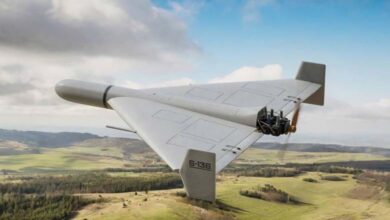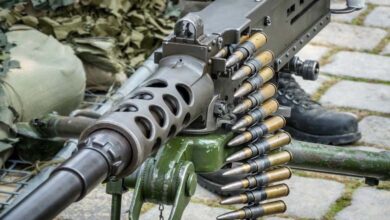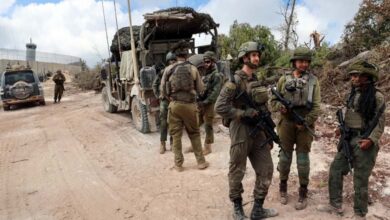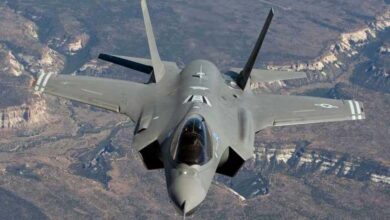America’s Crucial Gamble: One Aircraft That Could Decide the Fate of the F-35
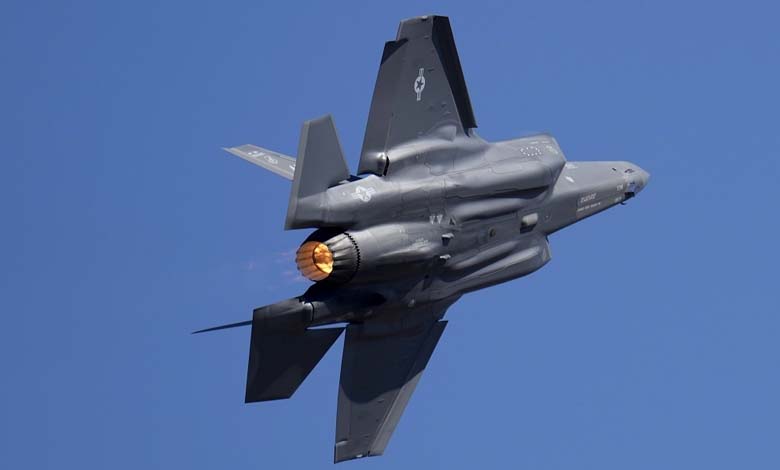
Amid one of the most complex crises facing the U.S. F-35 fighter jet program, the U.S. Air Force has announced the delivery of a modified F-35A, equipped with advanced measuring tools and experimental systems. This aircraft is a unique test platform that could ultimately determine the future of the entire project.
-
Britain’s Nuclear Shield Returns to the Skies on F-35 Wings
-
S Approval Paves the Way for Morocco to Acquire F-35 Jets
The jet arrived at the 461st Flight Test Squadron at Edwards Air Force Base. It is the first of its kind capable of simultaneously assessing mission systems and flight sciences, according to Military Watch.
The addition comes at a highly sensitive time: the program – the most expensive weapons project in U.S. history – has been plagued by repeated delays in developing the so-called “Block 4” upgrades, seen as the backbone of the fighter’s future.
Originally expected nearly five years ago, this milestone has yet to be reached. Pentagon reports indicate that operational testing will not begin before 2026, and could be delayed even further.
-
UAE suspends talks over F-35s, US responds
-
Turkey appoints US law firm for returning to F-35 fighter jet Program
A Crisis Beyond Scheduling
The challenge extends beyond software delays and strikes at the heart of the program itself. In July 2023, the Joint Program Office was forced to halt the acceptance of new F-35s, after the Pentagon refused delivery due to Block 4 software failures in testing.
This decision shocked the U.S. Air Force, which was already years behind its initial plans to bring the aircraft into full operational service.
Meanwhile, pressure is mounting as China rapidly advances its own fifth-generation fighters, particularly the J-20. Any further U.S. delays risk narrowing the technological gap between the two powers.
-
US plans to sell 50 stealth F-35 fighter jets to the United Arab Emirates
-
US prepares for selling F-35 fighter jets to UAE
The “Savior Jet”?
Daniel Brudhomme, Director of Integrated F-35 Testing, described the arrival of the new aircraft as a turning point: “As the only F-35A capable of evaluating both mission systems and flight sciences, it is a key asset to accelerate the fielding of advanced capabilities.”
He stressed that its presence at this critical juncture would strengthen Block 4 upgrade testing and set the stage for integrating next-generation weaponry.
Yet the question remains: can a single experimental aircraft save a program plagued not only by software setbacks but also by deeper issues of cost efficiency, resource management, and the complexity of its contractor network?
-
UAE confirms signing $23 bln deal to buy F-35 jets, drones from US
-
An analyst: The accord of Qatar about F-35 can lead to more instability
Rising Tensions Behind the Scenes
Insiders and defense experts argue that this new platform is more of a “quick fix” than a comprehensive solution. The repeated delays and the notable scaling down of Block 4 requirements reflect, in their view, the Pentagon’s difficulty in balancing technological ambition with practical realities.
Nevertheless, deploying such specialized test platforms demonstrates U.S. recognition that any complacency could allow rivals – particularly China and Russia – to close the strategic gap.
-
Russian Ship Without Radar off Danish Coast: Technical Failure or Military Tactic?
-
Five Fifth-Generation Fighters: A New Era for the Chinese Air Force
An Uncertain Future
It remains too early to determine whether this experimental aircraft will overcome the current bottlenecks. Its very existence, however, underscores the scale of America’s gamble: to keep advancing the F-35, envisioned as the backbone of its air power for decades to come.
As Washington races to achieve full Block 4 capability by the early 2030s, the program continues to wrestle with the tension between real-world limitations and the demands of global military superiority.




